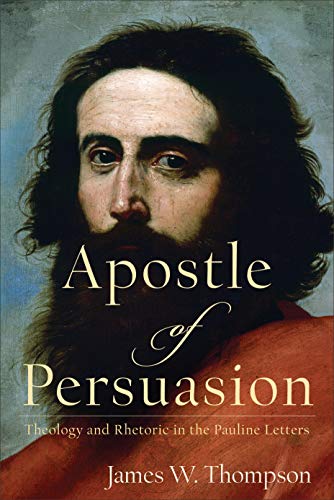Q. About the work de elocutione which as you say is falsely attributed to Demetrius, the recent scholarly work on that indicates that the work comes from the first century A.D. if not a bit later (see the monograph by Rhys Roberts). I mention this because I don’t think we have evidence for a handbook on writing various kinds of letters before the time of Paul. In any case this development considerably post-dates the teaching of rhetoric and handbooks on it. Does the dating of de elocutione later than you suggest (p. 21), make any difference to the case you are presenting or does it not matter? I raise this question because in fact, even a document like 1 Thessalonians is far closer to epideictic funeral oratory of the period before and during the NT era, as recently demonstrated in a PhD thesis here at Asbury, than it is to any sort assumed parenetic letter form. I think your quote from Schellenberg is right on the mark (p. 23). I don’t think Paul is following any letter conventions apart from the beginning and the ending of his documents.
A. I suppose it does not matter about the dating of de elocutione. The letter types have some analogies to Paul’s letters, but these have been greatly exaggerated. The examples of parenetic or friendship letters, for example, have only a few phrases that they share with Paul. After all, Philemon is longer than the letters given as evidence that Paul’s letters fit a particular type. The same is true, I think for an overly wooden categorization of Paul’s letters in rhetorical terms. I have seen some of the literature on 1 Thessalonians as a funeral oration, but I am not convinced that his letters fit any specific type. With its emphasis on future conduct, it appears to approximate deliberative rhetoric more, although I think Paul’s letters have only a partial resemblance to the ancient rhetorical types. Schellenberg, by the way, is also very skeptical about fitting Paul’s rhetoric with any Greco-Roman types.













